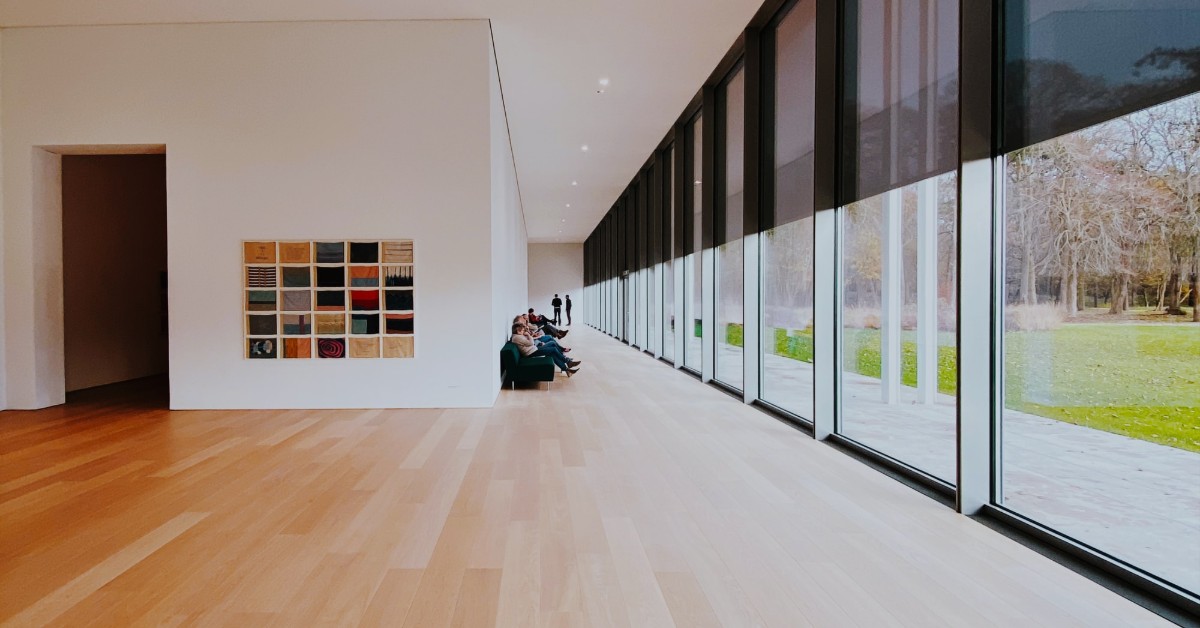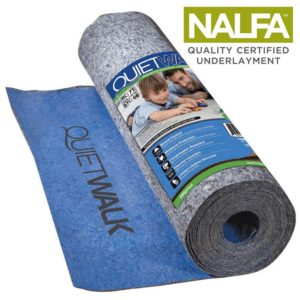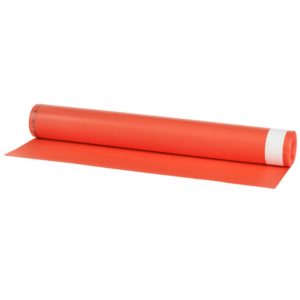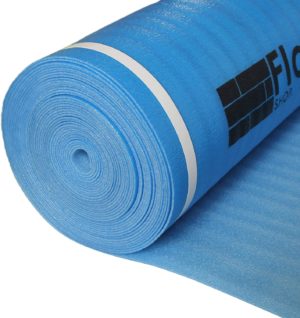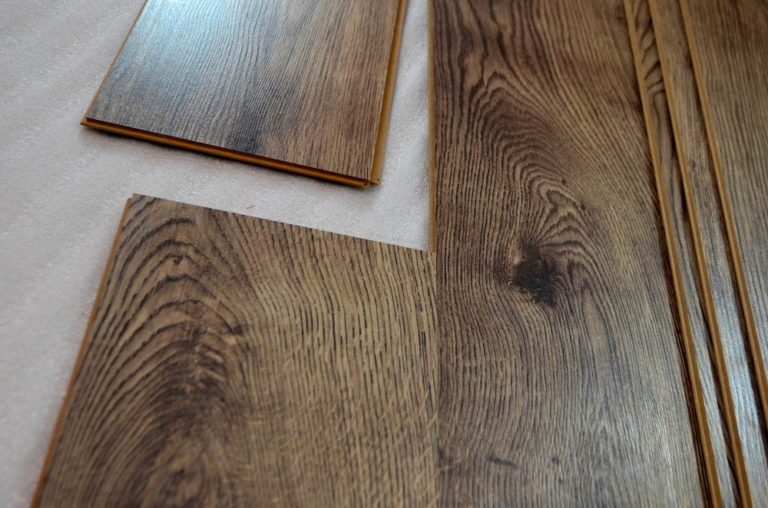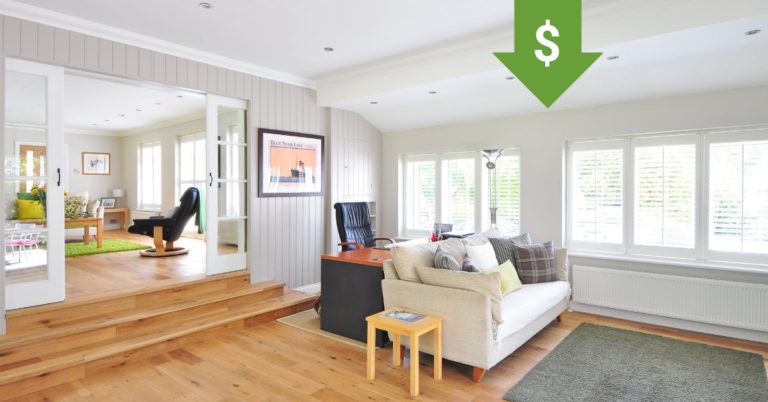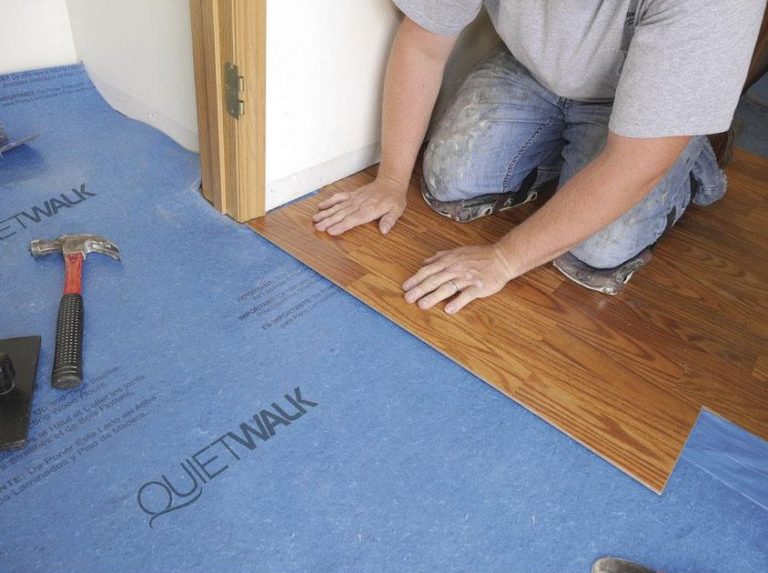Jump to your question
Do I have to use underlayment with laminate flooring
Laminate Flooring has been a popular choice of flooring for many years. Laminate’s need for underlayment is generally greater than other floors because of its floating floor design and click lock mechanism. Today we will discuss when underlayment is a necessity and the important considerations you should make when choosing an underlayment. Your need for underlayment depends the specifications of your laminate and your pre-existing subfloor.
To start, you will need to figure out the material of your subfloor and the condition it is in. There will be specific differences in the underlayment needed, based on the subfloor. The two most common subfloors are wood and concrete.
Do you need an underlay for laminate flooring on wood
When choosing an underlayment, a plywood subfloor is usually more straightforward than concrete. In theory, if your wood subfloor is in perfect condition you don’t “need” an underlayment. However, many manufacturers instructions require underlayment. Most subfloors usually have at least some minor imperfections. Installing underlayment will help even out those imperfections, making your laminate less likely to reflect them over time. Underlayment plays a very important roll in the sound of your laminate. It dampens the noise and gives it a more solid sound, more like real hardwood. Laminate installations on wood will not require any sort of moisture barrier.
Do you need an underlayment for laminate flooring on concrete
Installation of laminate on concrete requires a few more precautions. Concrete brings on the aspects of moisture, a very hard surface, and a chilly floor. This is where underlayment becomes a necessity. Since the laminate itself is not waterproof, moisture from below can get into the laminate and cause it to rot. This makes it vital that you install 6mm polyethylene barrier, or an underlayment with an attached moisture barrier, or both.
Underlayment can also provide extra padding between the laminate and concrete giving the floor a softer feel. This can create a big difference in comfort if you are going to spend a lot of time on the floor. Concrete floors can make laminate feel cold, especially in colder climates. Underlayment can provide a thermal barrier making your floors feel warmer.
Do I need underlayment for laminate over hardwood
The answer is yes. However, pre-existing hardwood floors should be in good condition before installing laminate at all. Older hardwood floors (40 – 50 years old) planks may be in poor condition. You will have to make sure to level out the floor in all the the areas necessary. The floor must be very even when you install with attached-pad or separate underlayment.
Underlayment under laminate with attached pad
It is important that you pay close attention to the back of your laminate flooring. If your laminate flooring already has an underlayment attached (attached pad), then you should check the flooring manufacturers installation instructions to see if an extra underlayment voids the warranty. Having too much padding can make your floor unstable, damaging the integrity of the click-lock system. However, if the flooring manufacturer allows, an extra underlayment will give you extra benefits.
Underlayment that is installed separately usually is a bit thicker and higher quality. When installing laminate with pre-attached pad it is important that you have leveled out your subfloor. Separate underlayment can also include a moisture barrier, where most pre-attached underlayments do not. If you’re installing laminate with pre-attached pad over a concrete subfloor it is crucial you install a 6mm vapor barrier underneath.
Important Considerations and Specifications
It is extremely important that you read your manufacturers instructions before installing your laminate floors. The manufacturers instructions will state if underlayment is required. They will also list if there is any restrictions on the types and thickness’s of underlayment that can be used. Failing to meet the manufacturers requirements will jeopardize the life of your floors and likely negate the warranty.

